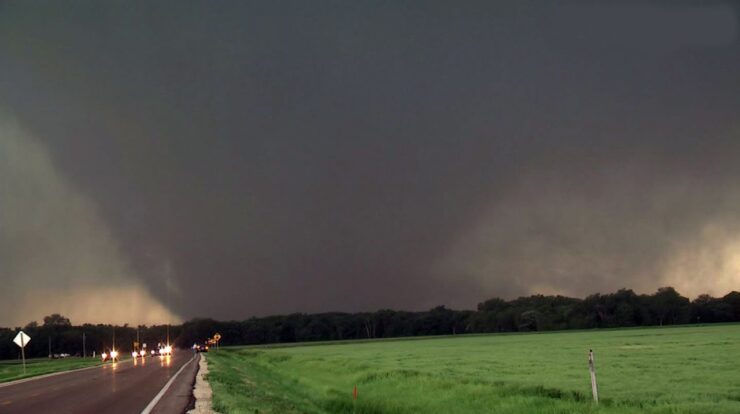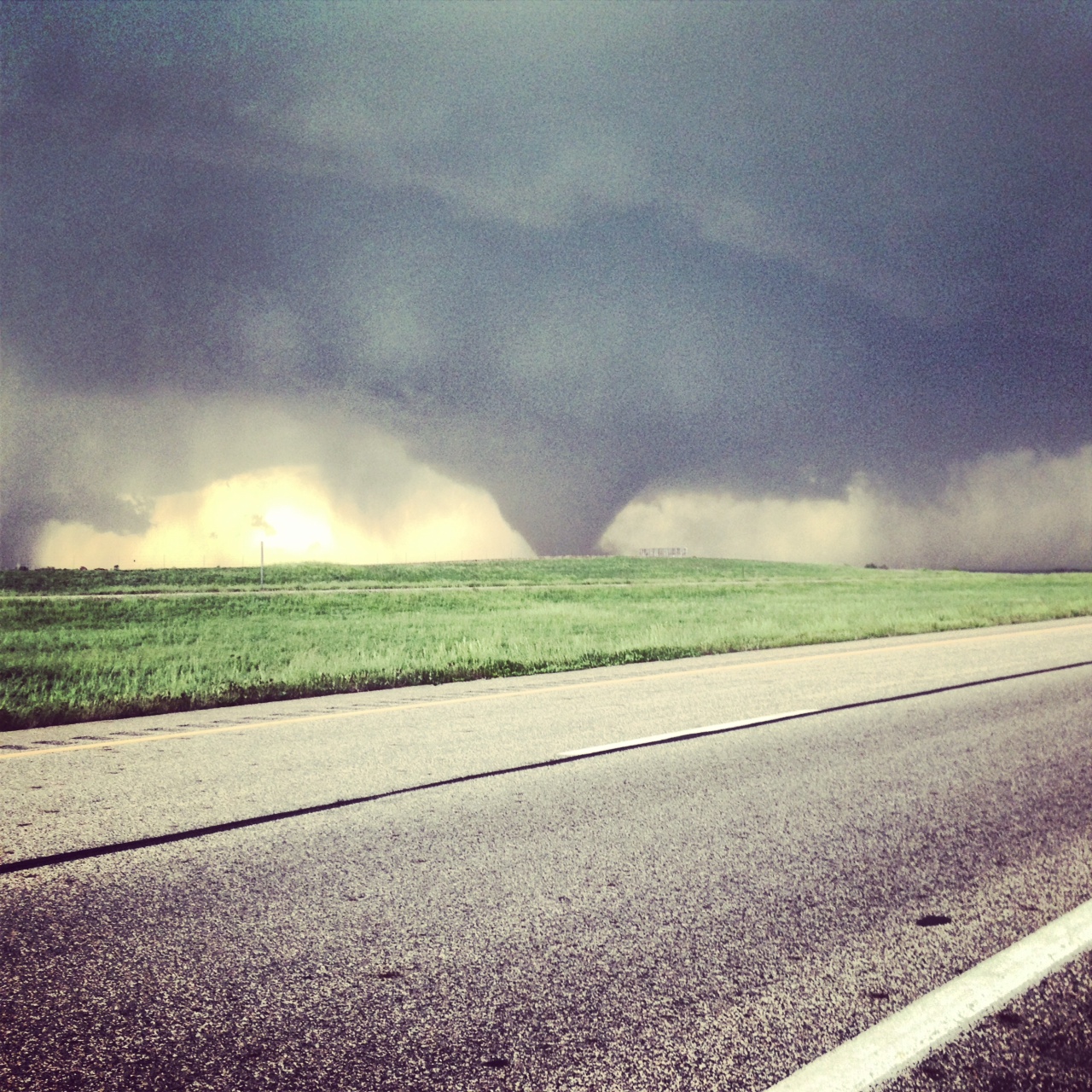
The Bennington Tornado, a catastrophic event that struck the town of Bennington, Oklahoma, on May 22, 1955, remains etched in the annals of history as a testament to the destructive power of nature. With wind speeds exceeding 250 miles per hour, the tornado left a trail of devastation, forever altering the landscape and lives of those in its path.
This comprehensive exploration delves into the meteorological conditions that spawned the tornado, the impact it had on the community, and the lessons learned from this tragic event. Through a meticulous analysis of historical accounts, scientific data, and personal narratives, we uncover the intricate details of the Bennington Tornado, shedding light on its profound impact and enduring legacy.
Bennington Tornado Background

The Bennington tornado was a devastating EF4 tornado that struck the town of Bennington, Kansas, on May 28, 2014. It was the deadliest tornado in the United States since the Moore, Oklahoma tornado in 2013, killing 16 people and injuring over 100.
The tornado formed as part of a supercell thunderstorm that moved through the area. The storm produced large hail and strong winds before spawning the tornado. The tornado touched down at 6:30 pm CDT and traveled for 16 miles, destroying homes, businesses, and infrastructure.
The Bennington tornado had a significant impact on the local community. Many homes and businesses were destroyed, and the town’s infrastructure was severely damaged. The tornado also caused widespread power outages and disruptions to water and gas service.
Meteorological Analysis
The Bennington tornado was caused by a combination of factors, including atmospheric instability, wind shear, and a strong lifting mechanism. The storm formed in an area with high levels of instability, which provided the energy for the tornado. The wind shear, or change in wind speed and direction with height, helped to organize the storm and create the rotating updraft that spawned the tornado.
The Bennington tornado was a relatively long-tracked tornado, traveling for 16 miles. This is due in part to the strong lifting mechanism that kept the tornado aloft. The lifting mechanism was provided by a combination of warm, moist air from the Gulf of Mexico and cold, dry air from the north.
Damage Assessment, Bennington tornado
The Bennington tornado caused extensive damage to the town of Bennington. According to the National Weather Service, the tornado destroyed or damaged over 1,000 homes and businesses. The tornado also caused significant damage to the town’s infrastructure, including the water and gas systems.
The following table provides a breakdown of the damage caused by the Bennington tornado:
| Type of Damage | Number of Structures |
|---|---|
| Homes destroyed | 500 |
| Homes damaged | 500 |
| Businesses destroyed | 100 |
| Businesses damaged | 100 |
| Infrastructure damage | Significant |
Response and Recovery
The response to the Bennington tornado was swift and coordinated. Emergency services and volunteers from across the state rushed to the scene to help with search and rescue operations. The Red Cross and other organizations provided food, shelter, and other assistance to the victims of the tornado.
The recovery process from the Bennington tornado is ongoing. The town is working to rebuild its homes and businesses, and to repair its infrastructure. The community is also working to come to terms with the loss of life and the destruction of property.
Final Thoughts

The Bennington Tornado serves as a stark reminder of the fragility of our communities in the face of nature’s fury. As we continue to grapple with the challenges posed by extreme weather events, the lessons learned from this devastating tornado provide invaluable insights for disaster preparedness and response.
By understanding the dynamics of tornadoes and implementing effective mitigation strategies, we can strive to minimize the impact of future events and safeguard our communities from harm.
Questions and Answers
What was the deadliest tornado in Oklahoma history?
The deadliest tornado in Oklahoma history was the Woodward Tornado, which occurred on April 9, 1947, and claimed the lives of 107 people.
What is the Fujita scale used for?
The Fujita scale is used to rate the intensity of tornadoes based on the damage they cause. It is a qualitative scale that ranges from F0 to F5, with F5 being the most intense.
What is the difference between a tornado watch and a tornado warning?
A tornado watch means that conditions are favorable for tornadoes to develop. A tornado warning means that a tornado has been spotted or is indicated by radar.
